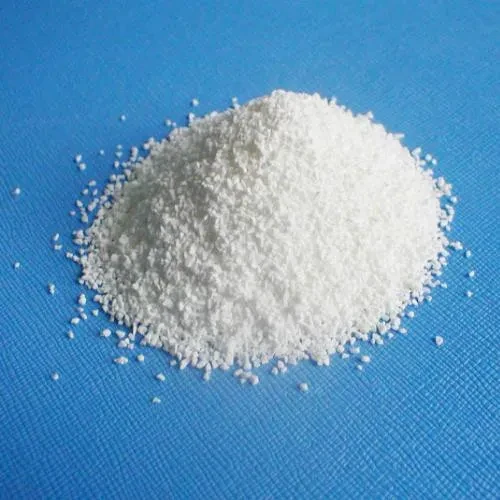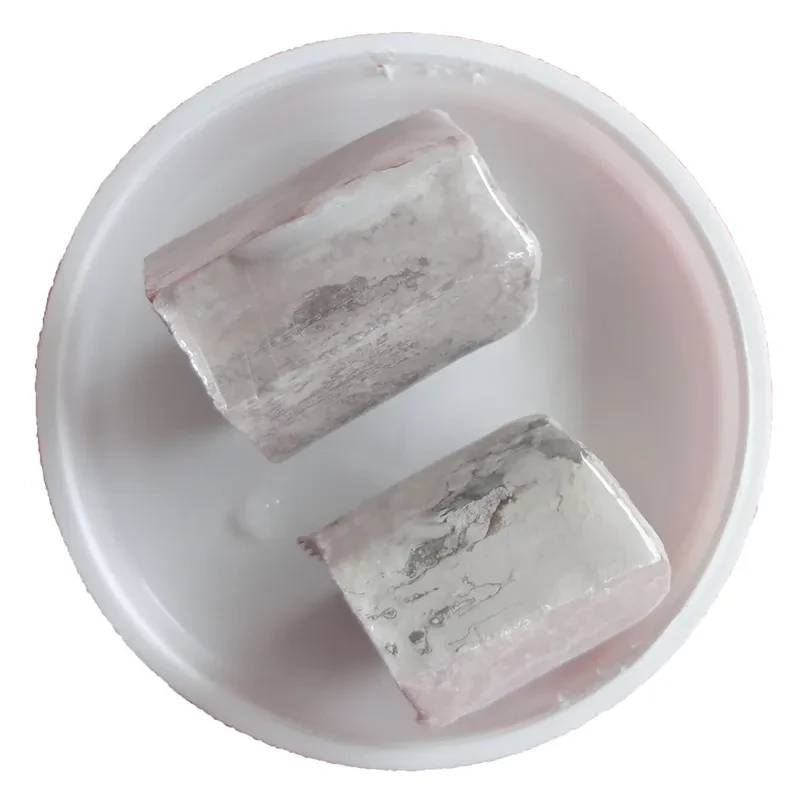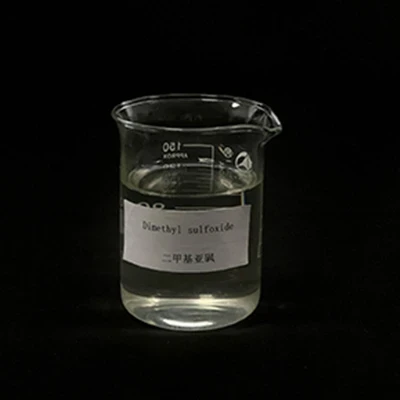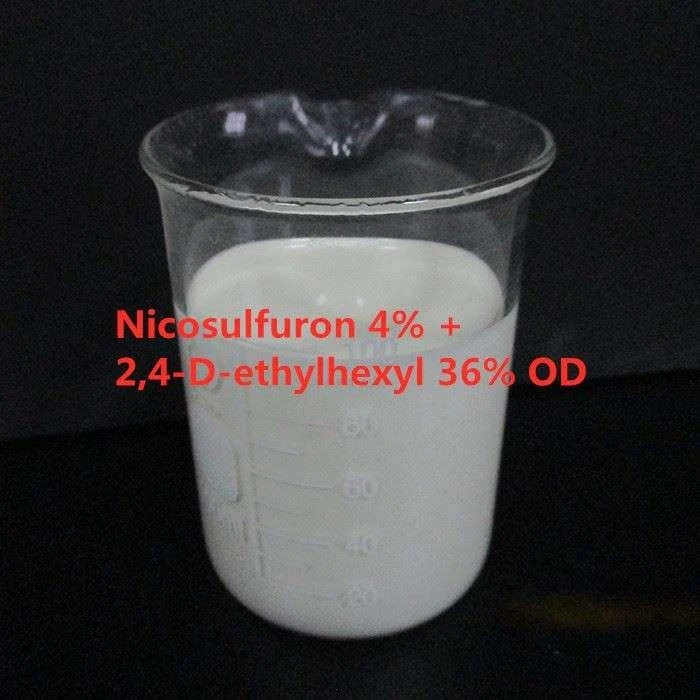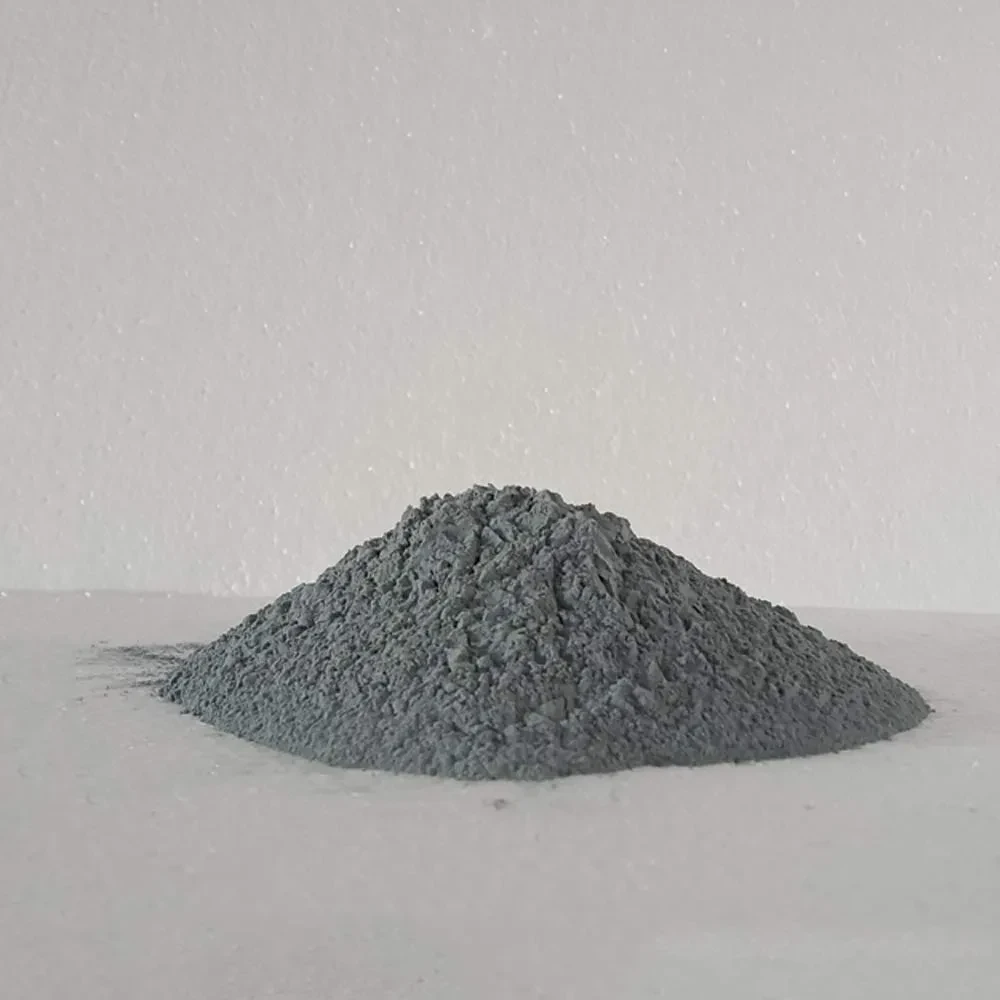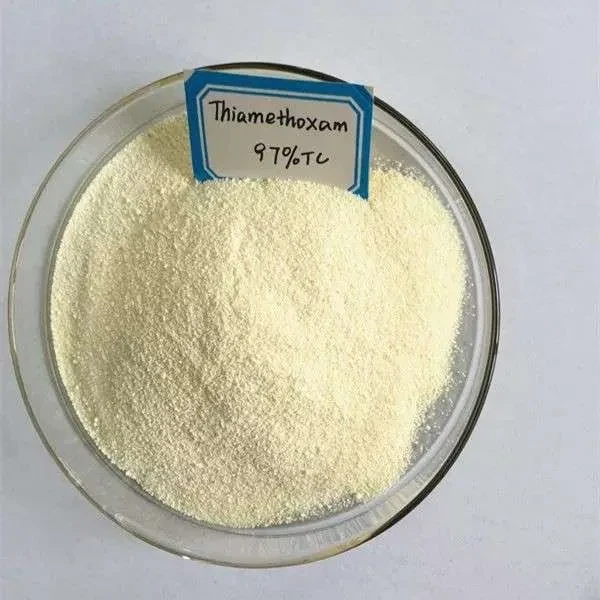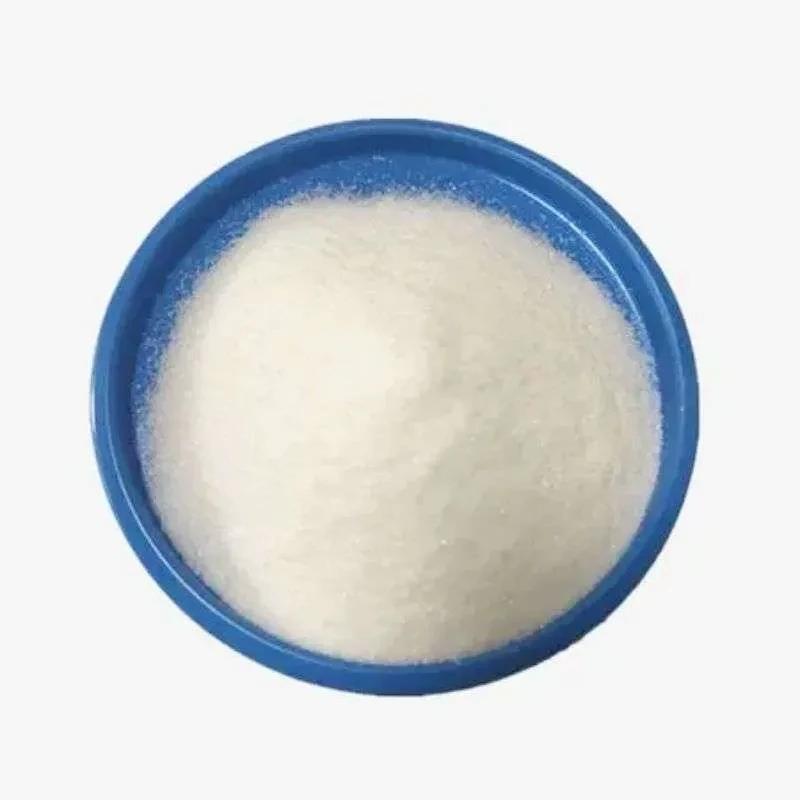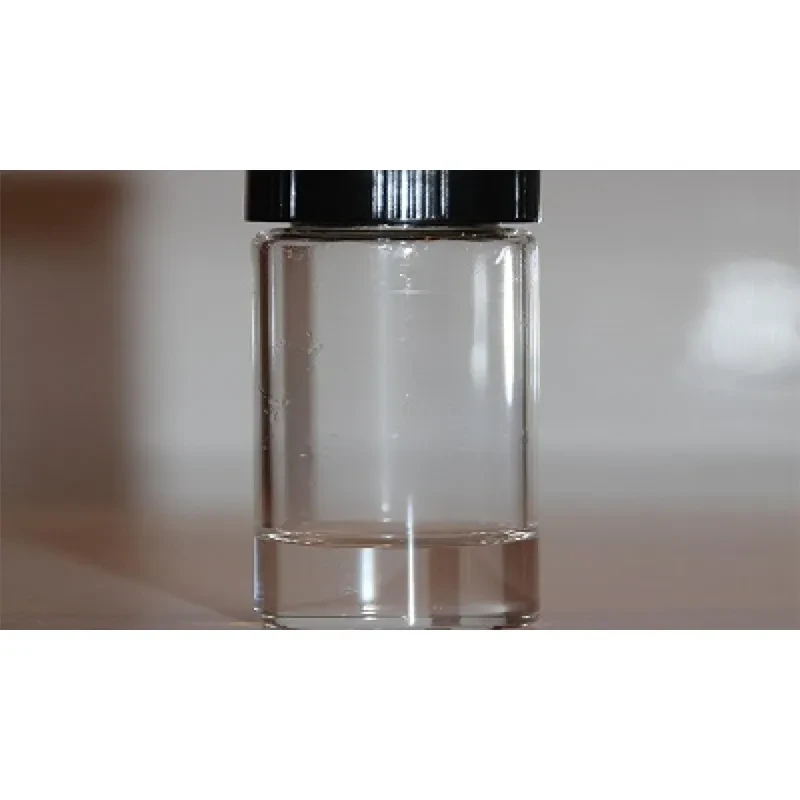Pesticides Plant Health
-
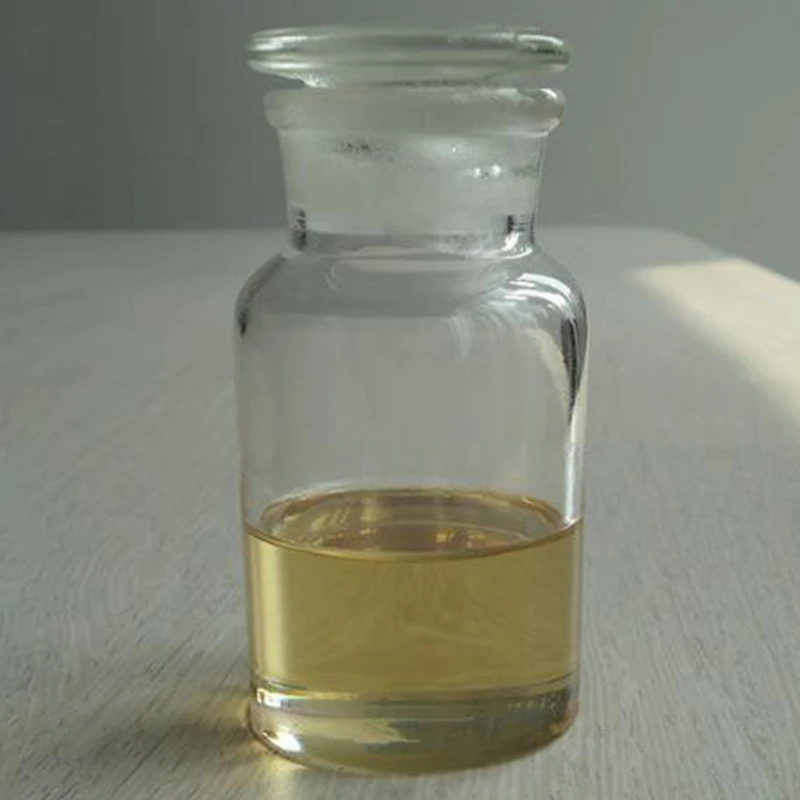 Dicamba is a benzoic acid derivative used as a broad-spectrum herbicide.
Dicamba is a benzoic acid derivative used as a broad-spectrum herbicide. -
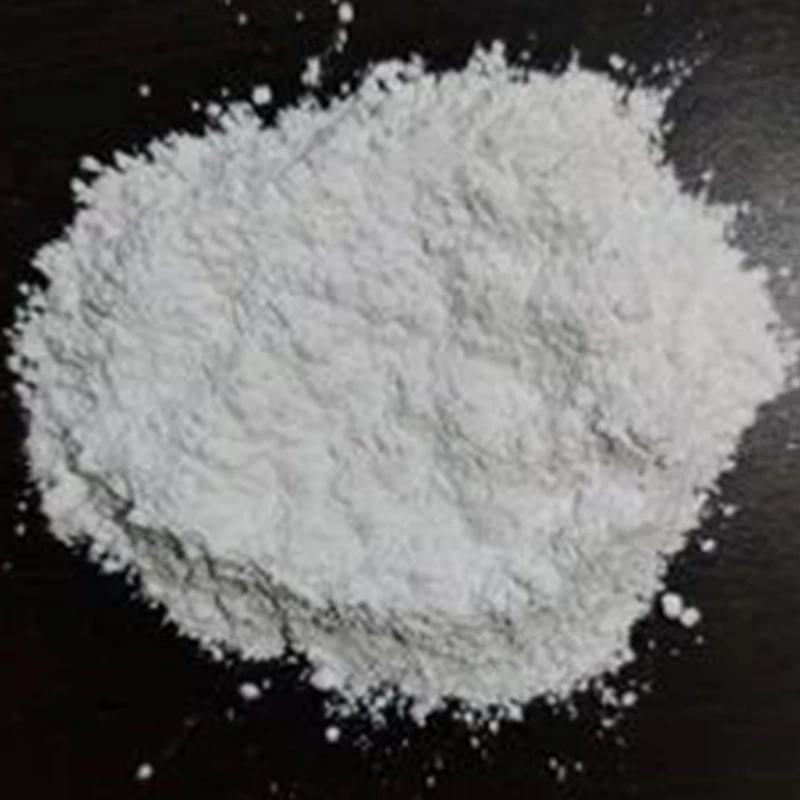 Flubendiamide is a novel insecticide that is grouped under the family of phthalic acid diamides. It is largely used against lepidopteron pests in various annual and perennial crops. F
Flubendiamide is a novel insecticide that is grouped under the family of phthalic acid diamides. It is largely used against lepidopteron pests in various annual and perennial crops. F -
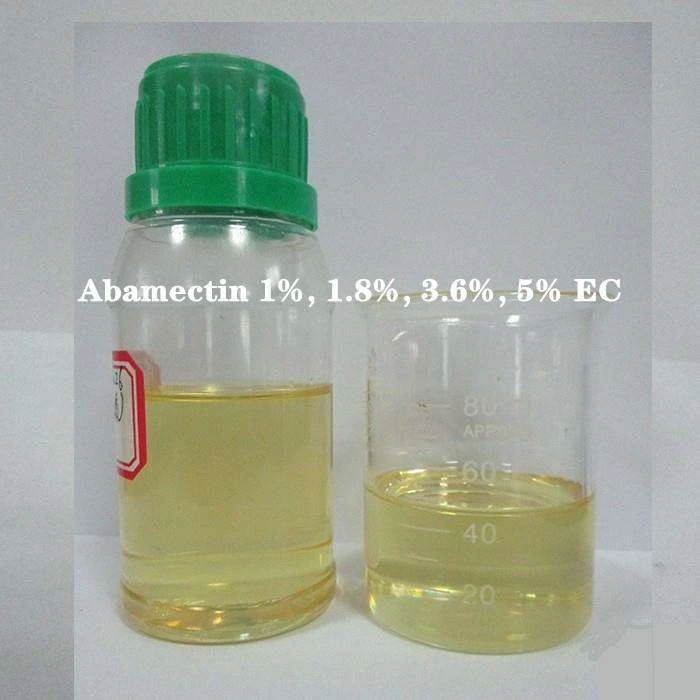 Abamectin is a kind of 16-membered ring macrolide compound which was first developed by the Kitasato University in Japan and Merck Company (United States).
Abamectin is a kind of 16-membered ring macrolide compound which was first developed by the Kitasato University in Japan and Merck Company (United States). -
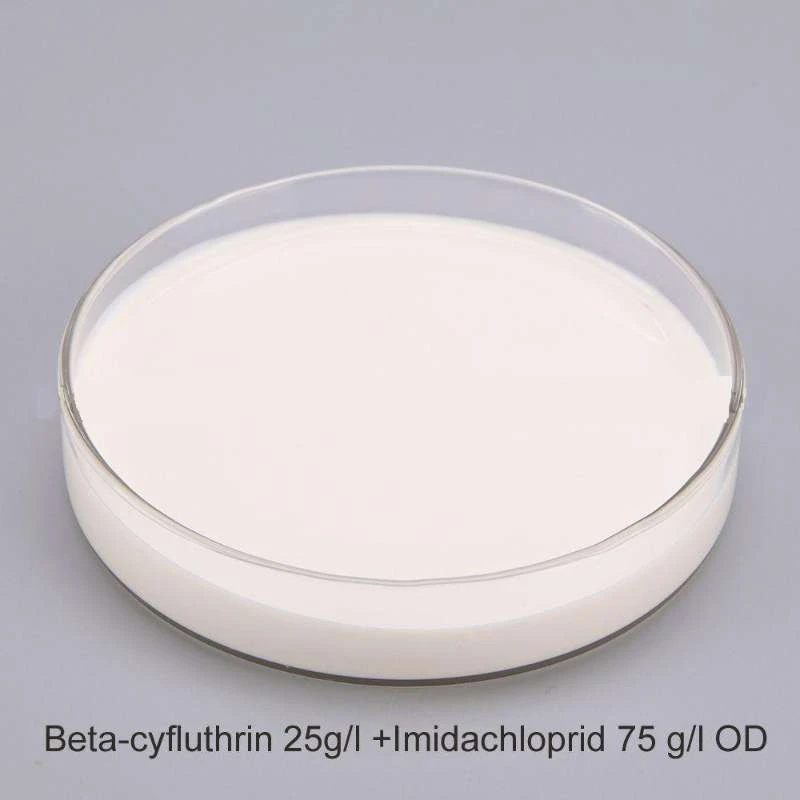 Cyhalothrin is a broad-spectrum pesticide and acaricide that is used to control a wide range of pests in a variety of applications.
Cyhalothrin is a broad-spectrum pesticide and acaricide that is used to control a wide range of pests in a variety of applications. -
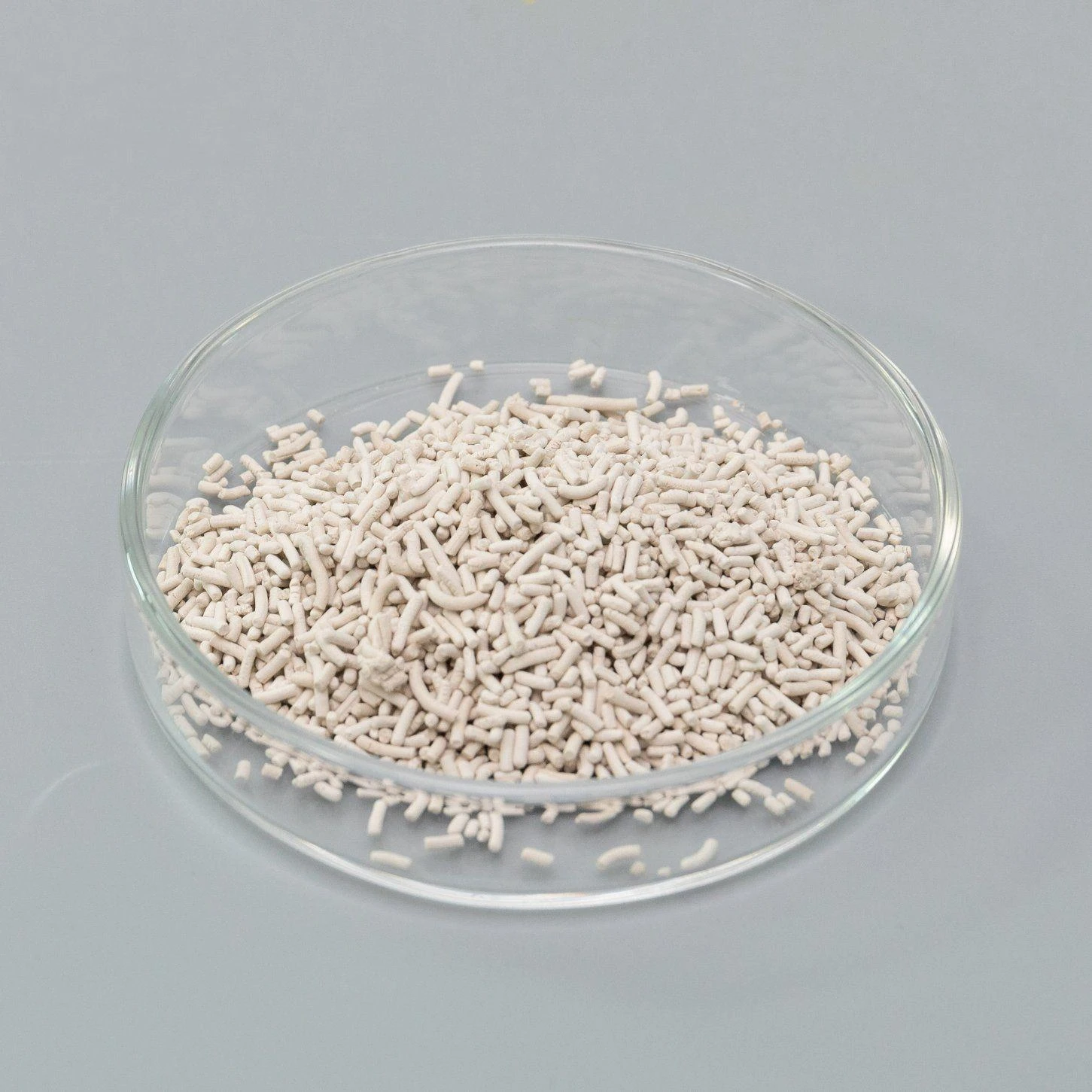 Chlorantraniliprole is an insecticide of the ryanoid class. It is a new compound by DuPont belonging to a new class of selective insecticides (anthranilic diamides) featuring a novel mode of action (group 28 in the IRAC classification).
Chlorantraniliprole is an insecticide of the ryanoid class. It is a new compound by DuPont belonging to a new class of selective insecticides (anthranilic diamides) featuring a novel mode of action (group 28 in the IRAC classification). -
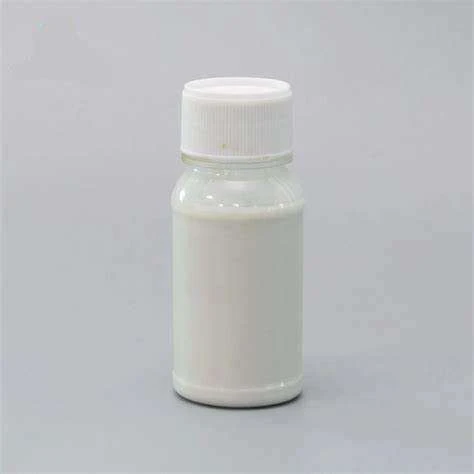 Prothioconazole is a triazolinethione derivative, which can be used as a fungicide in order to inhibit the activity of demethylase enzyme.
Prothioconazole is a triazolinethione derivative, which can be used as a fungicide in order to inhibit the activity of demethylase enzyme. -
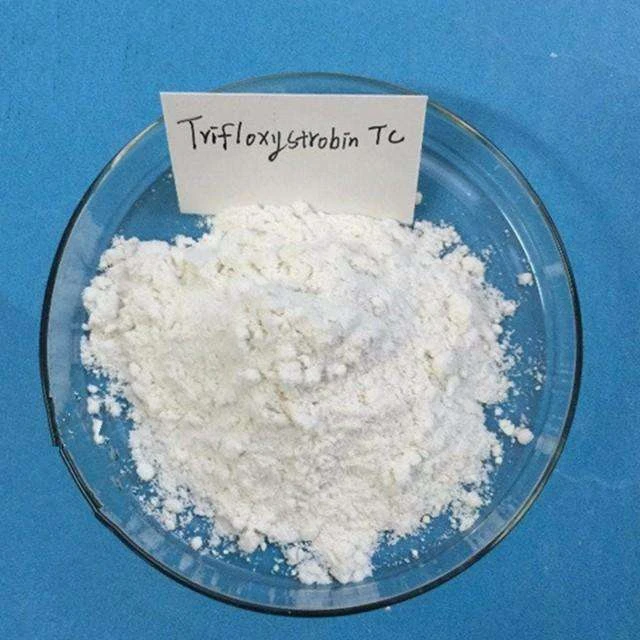 Trifloxystrobin is a synthetic derivative of the naturally occurring strobilurins found in several genera of wood-decaying fungi such as Strobilurus tenacellus.
Trifloxystrobin is a synthetic derivative of the naturally occurring strobilurins found in several genera of wood-decaying fungi such as Strobilurus tenacellus. -
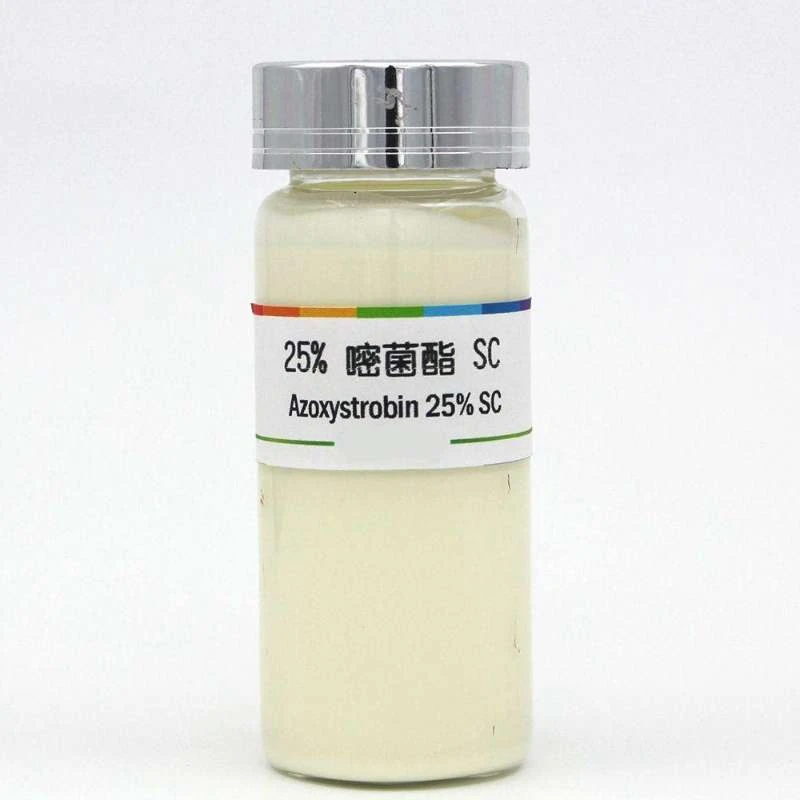 Strobilurin fungicide; inhibits mitochondrial respiration by blocking electron transfer between cytochromes b and c1. Agricultural fungicide.
Strobilurin fungicide; inhibits mitochondrial respiration by blocking electron transfer between cytochromes b and c1. Agricultural fungicide. -
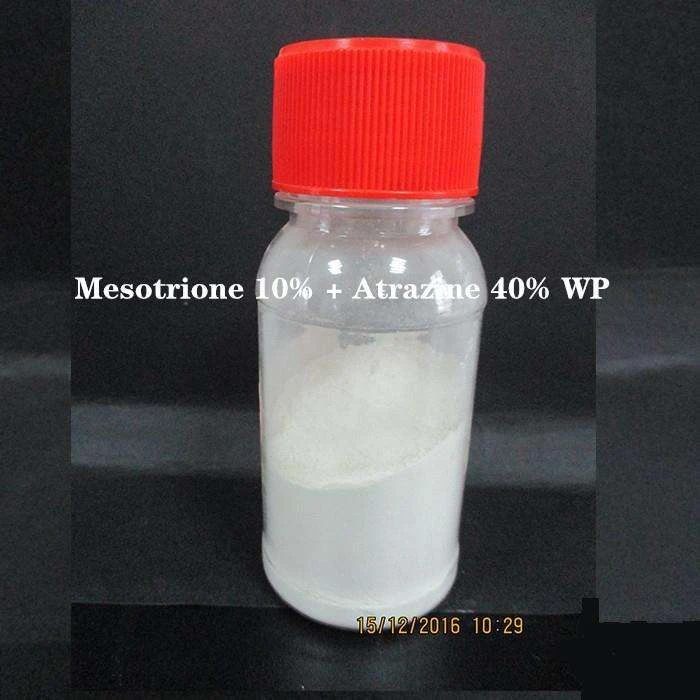 Mesotrione is a light yellow opaque solid with a faint pleasant odour.
Mesotrione is a light yellow opaque solid with a faint pleasant odour. -
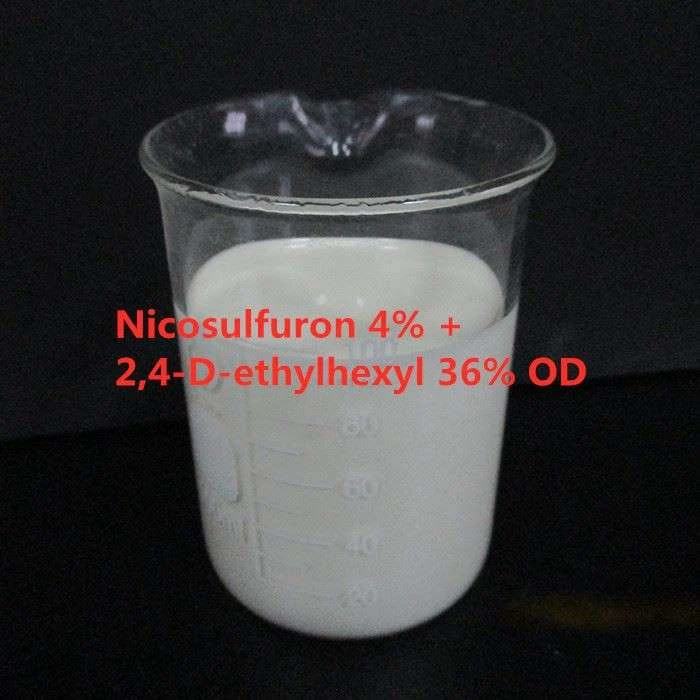 As one of the most inexpensive and oldest weed killers, 2,4-Dichlorophenoxyacetic acid (usually called 2,4-D) is a systemic herbicide that is widely applied all over the world.
As one of the most inexpensive and oldest weed killers, 2,4-Dichlorophenoxyacetic acid (usually called 2,4-D) is a systemic herbicide that is widely applied all over the world. -
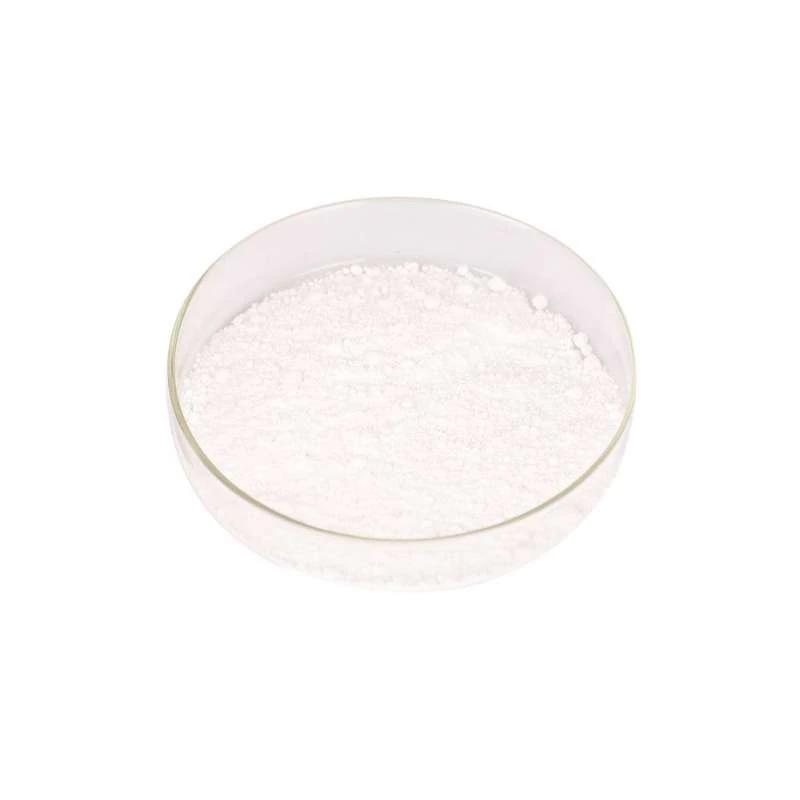 Epoxiconazole, with the chemical formula C17H13ClFN3O, has the CAS number 106325-08-0. It is a fungicide belonging to the class of triazoles.
Epoxiconazole, with the chemical formula C17H13ClFN3O, has the CAS number 106325-08-0. It is a fungicide belonging to the class of triazoles. -
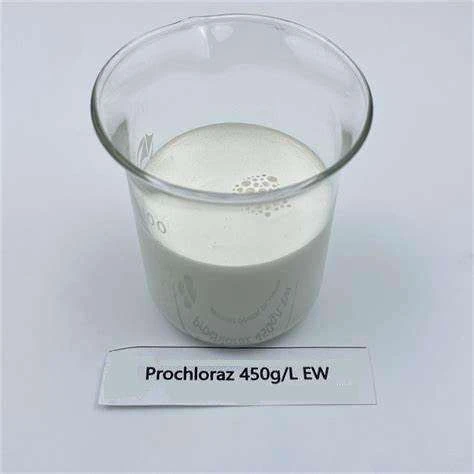 Prochloraz is an imidazole fungicide that is widely used in Europe, Australia, Asia and South America within gardening and agriculture.
Prochloraz is an imidazole fungicide that is widely used in Europe, Australia, Asia and South America within gardening and agriculture.



